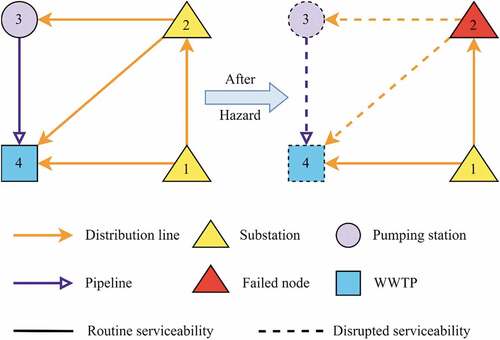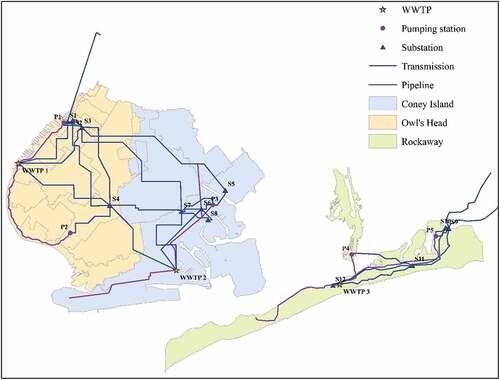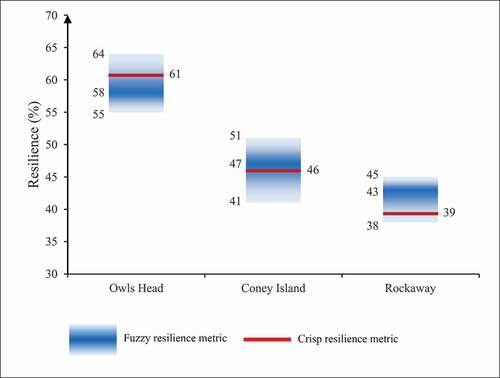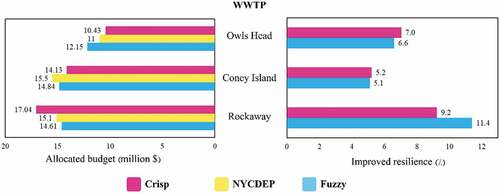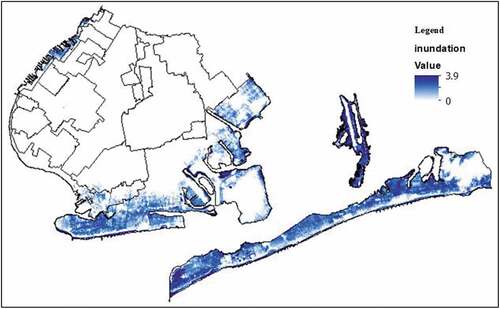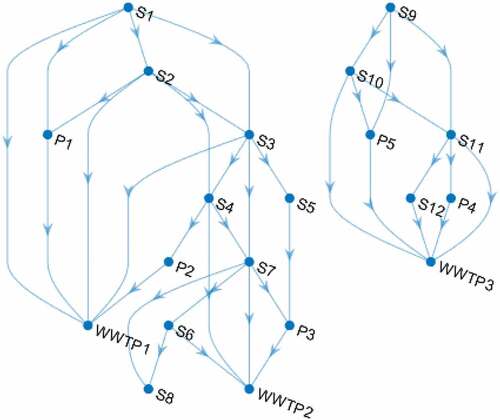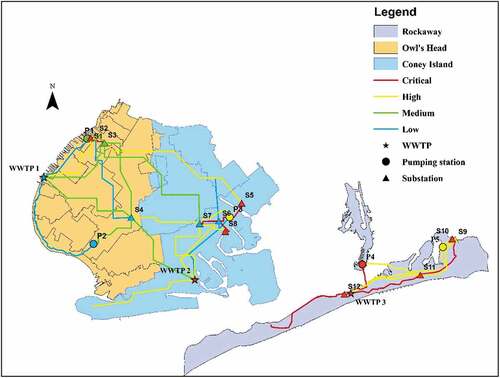Figures & data
Figure 1. Proposed framework for WWTP’s flood resilience improvement by financial allocation and prioritized asset restoration.
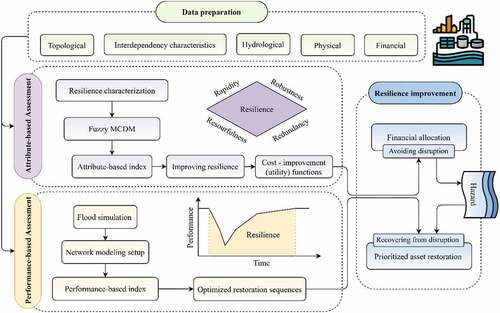
Figure 2. Sub-criteria defined for quantifying WWTPs’ flood resilience (Adapted from Karamouz & Hojjat-Ansari, Citation2020).
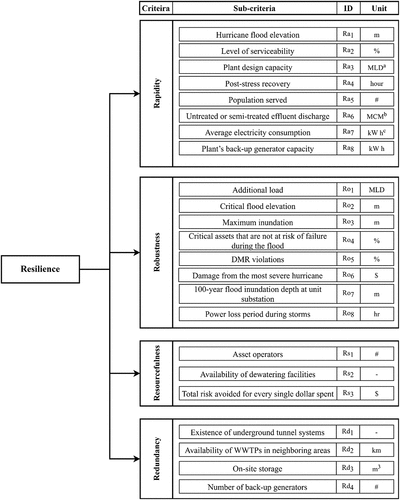
Table 1. 9-level fuzzy scale for the pairwise relative importance.
Table 2. Economic sub-criteria with their corresponding marginal costs in USD. (Adapted from Karamouz & Hojjat-Ansari, Citation2020).
Figure 4. Post-disaster behavior and the system’s recovery curve. (Adapted from Bristow, Citation2015).
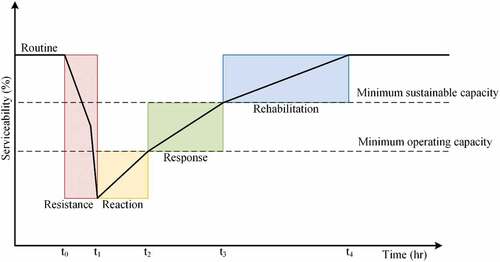
Table 3. Specifications of the WWTPs in the study area (Retrieved from NYCDEP (New York City Department of Environmental Protection), Citation2013).
Table 4. Values of sub-criteria for WWTPs in the study area.
Table 5. Hydrological and technical data sources used in the study.
Table 6. Sources used for determining the failure probability and recovery coefficients of different INM components.
Figure 7. For a typical electrical substation: a) Fragility curve, b) water depth versus damage, and c) repair time versus damage (From Sánchez-Muñoz et al., Citation2020).
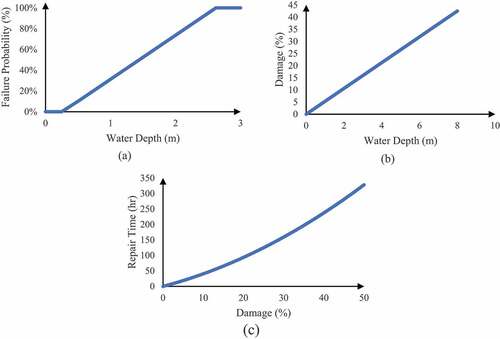
Table 7. Estimated fuzzy and crisp weights calculated for the sub-criteria.
Figure 9. Fuzzy and crisp UFs for the three WWTPs of Owls Head (a), Coney Island (b), and Rockaway (c).
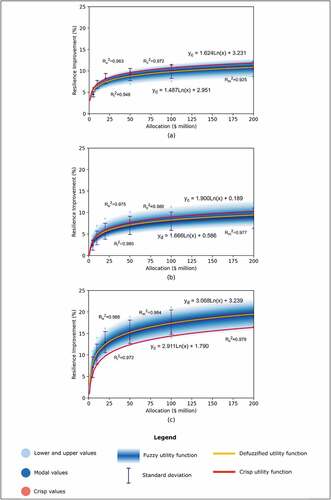
Table 8. Maximum inundation depth at network nodes under simulated Sandy Superstorm.
Figure 13. The recovery curves and their corresponded resilience metrics obtained from the INM before and after the optimization.
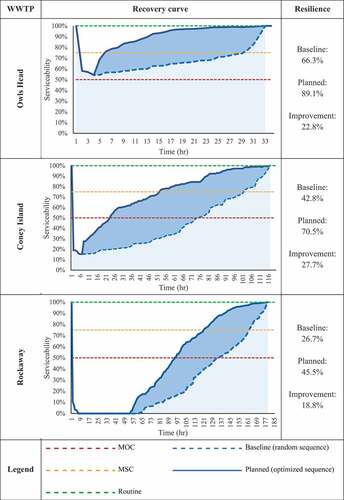
Table A1. Descriptions of sub-criteria.

